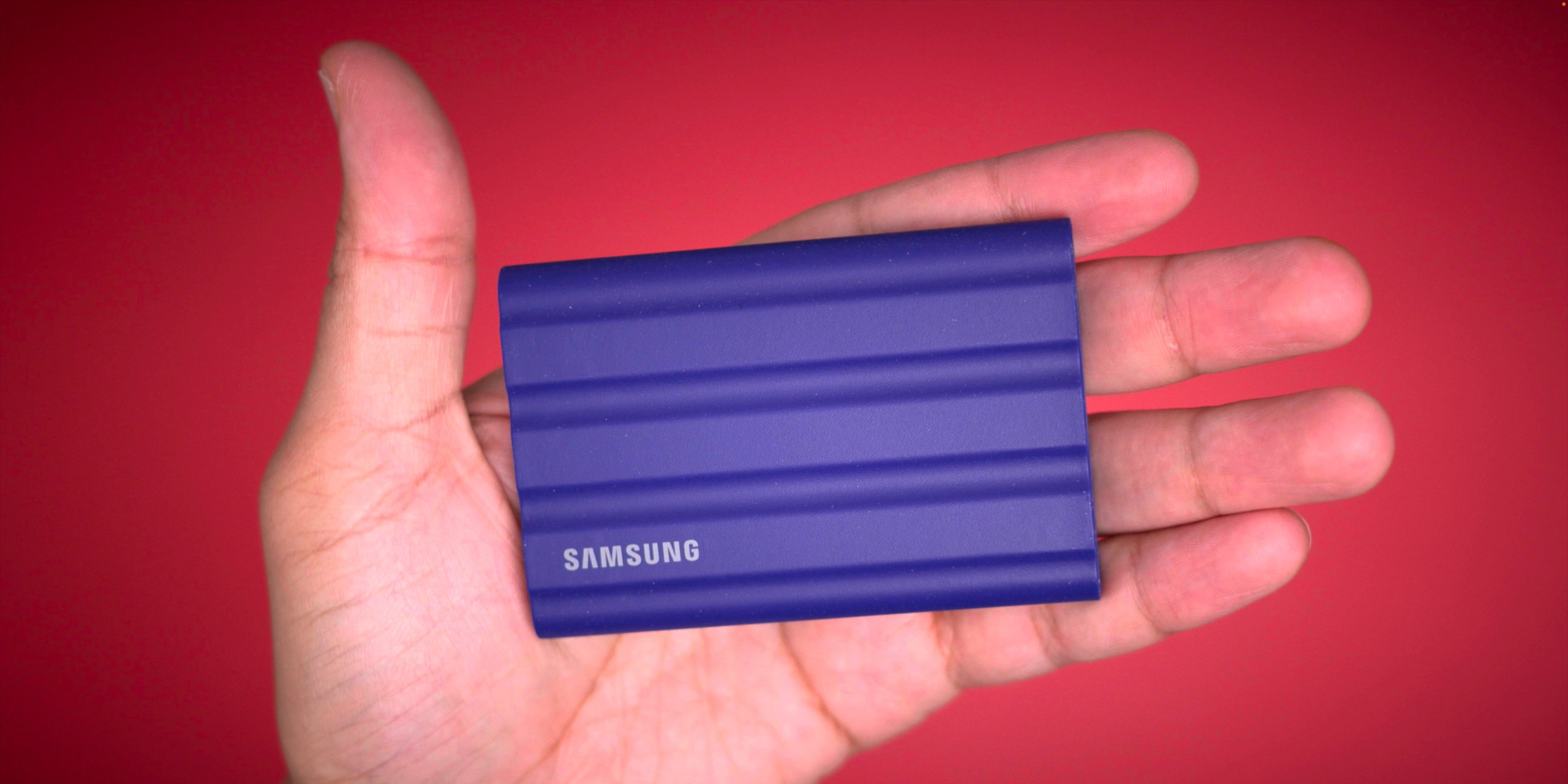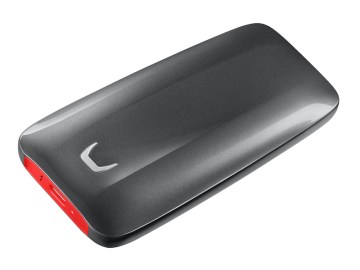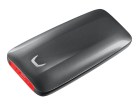
I have to admit that this has never occurred to me as something to test in an iPhone review, but it’s reassuring to see someone has apparently tried it.
According to a new Wired profile on the kinetic space launch system firm SpinLaunch, Apple’s iPhone can survive extremely fast rotations when physically tethered.
SpinLaunch wants to create a launch system that uses kinetic energy to deploy payloads like satellites to space without the traditional fuel-powered rocket launch.
At one point, the company’s founder and CEO sent his iPhone for a super fast test spin — we’re talking like five times the speed of sound:
Over the next few years, the team ran hundreds of high-speed tests. Most of them were to study and improve the system, but some were to mollify skeptical investors and potential customers who didn’t believe a payload could withstand the extreme forces.
The team sent solar cells, radio systems, telescope lenses, batteries, GPS modules, and control computers whirling at high speeds; they all survived with little to no damage. In one test, Yaney attached an iPhone to the tether and spun it up to nearly 4,000 mph.
Now that would be a great ‘will-it-blend’ style video to see! Unfortunately there doesn’t seem to be footage of this specific test. This helicopter drop test will have to suffice:
So how did the SpinLaunch founder’s iPhone pan out? According to the Wired profile:
Afterward, he used the phone to FaceTime a colleague. Each test was a step, however small, toward space.
Impressive. Next time try FaceTime calling the dizzy iPhone … for science.
FTC: We use income earning auto affiliate links. More.







Comments